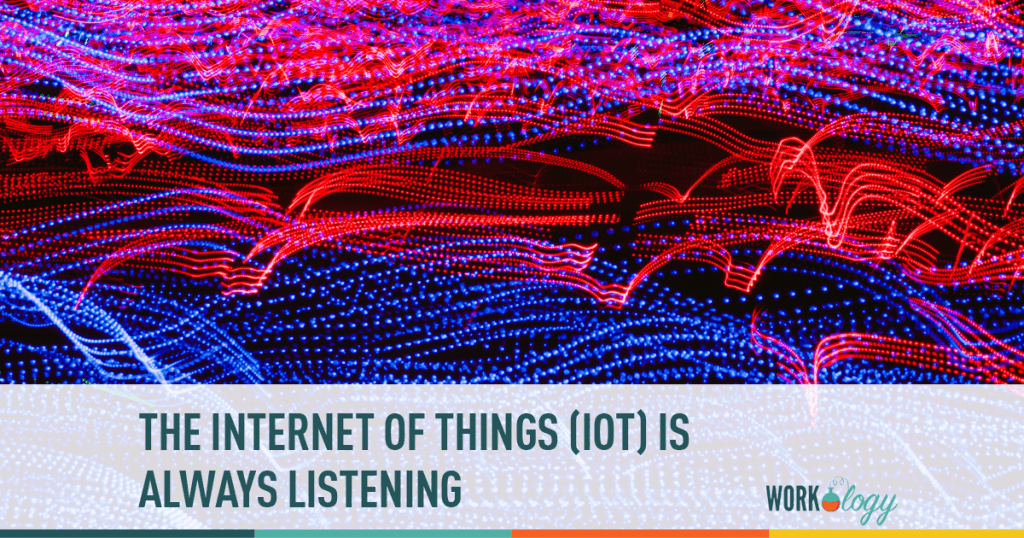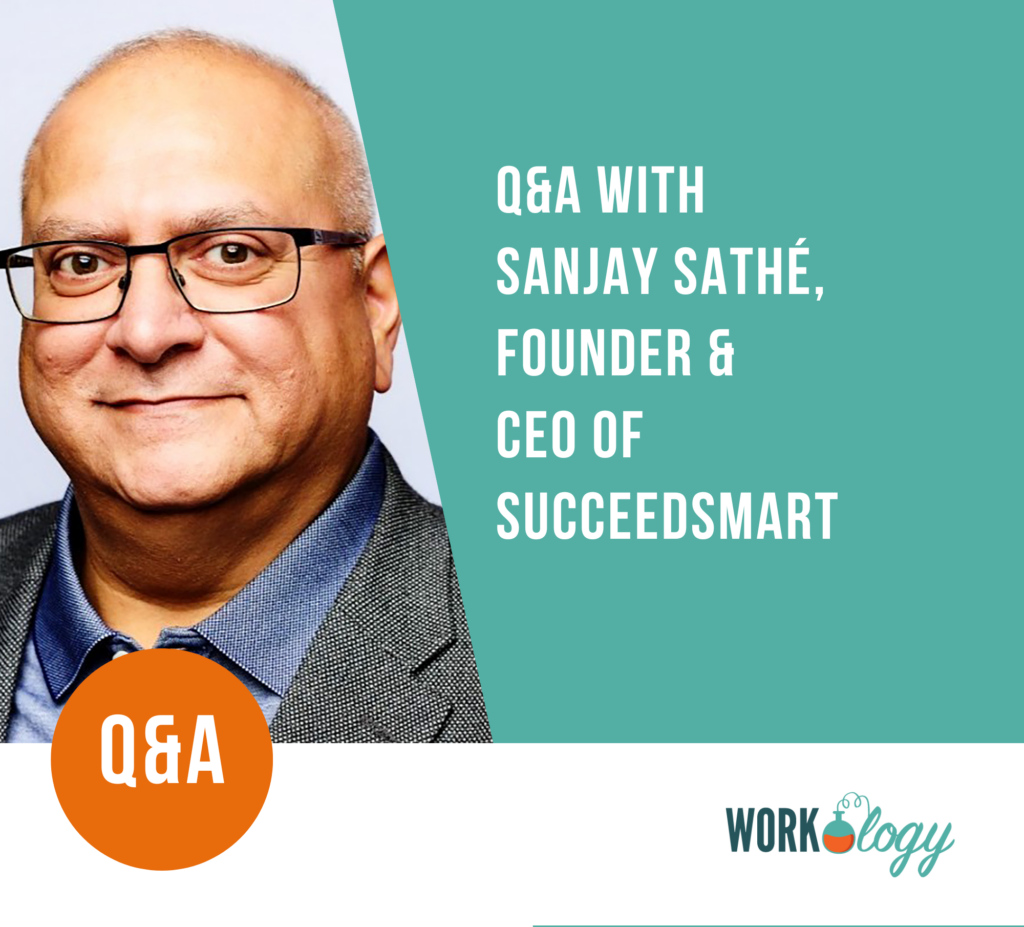The internet of things is constantly in the news, these days, and while you are probably aware of it, you may not know exactly what it is or what it consists of. Wikipedia calls it “the internetworking of physical devices, vehicles (also referred to as ‘connected devices’ and ‘smart devices’), buildings and other items—embedded with electronics, software, sensors, actuators, and network connectivity that enable these objects to collect and exchange data.”
The Internet of Things Is Always Listening
A frequent example of a smart device operating in the internet of things is a refrigerator that senses you are out of milk or eggs and orders those items for you or reminds you to stop and pick them up on your way home. These devices are meant to enhance productivity.
30 Billion
Today there are an estimated 12 billion IoT devices in the world. By the year 2020 there will be 30 million. Our houses, our cars, our workplaces will be full of these devices meant to enhance our productivity. They will do things that for us and relieve us of the responsibility of thinking about the “little things.” They will also save lives. IoT devices embedded in our clothing will monitor our health and send for help when it is needed. There is already a device that can listen to you speak patterns and recognize the creeping onset of Parkinson’s disease.
In the Workplace
Devices that are embedded in tools, equipment, and clothing will be able to monitor employee’s safety and productivity. Things such as step trackers, which today just measure steps, will be able to send a notification to the boss that not enough activity is being performed. Devices that monitor safety can send for help when an accident has occurred much quicker than a fellow worker can. Other devices can monitor employee alertness and indicate when would be the best time for them to take a break rather than artificially interrupt a period of maximum productivity.
The Dark Side
While these devices can be time-savers and life savers, there is also a downside to having them around. They will ALWAYS be listening. Additionally they are networked so they can be used by others to listen in on our lives. The definition of privacy is changing and changing fast. Because of the connectivity if your refrigerator is noting your use of milk, so is your grocery store, so could your doctor be and, in a nefarious turn, so could be your neighbor or a competitor. How will we safeguard ourselves from this constant listening that can be tapped into by someone else?
Perhaps we will just get used to the devices in our workplace monitoring our activity and conversations and we will no longer pay attention to them. We have already gotten used to ubiquitous technology, such as clocks, that have just melded into the background. The same thing may occur with the constant listening and monitoring from IoT devices.
We need to be prepared to deal with this fast developing technology that will be so pervasive. Employees will be looking for safeguards from intrusion in their personal lives, the again maybe not.









